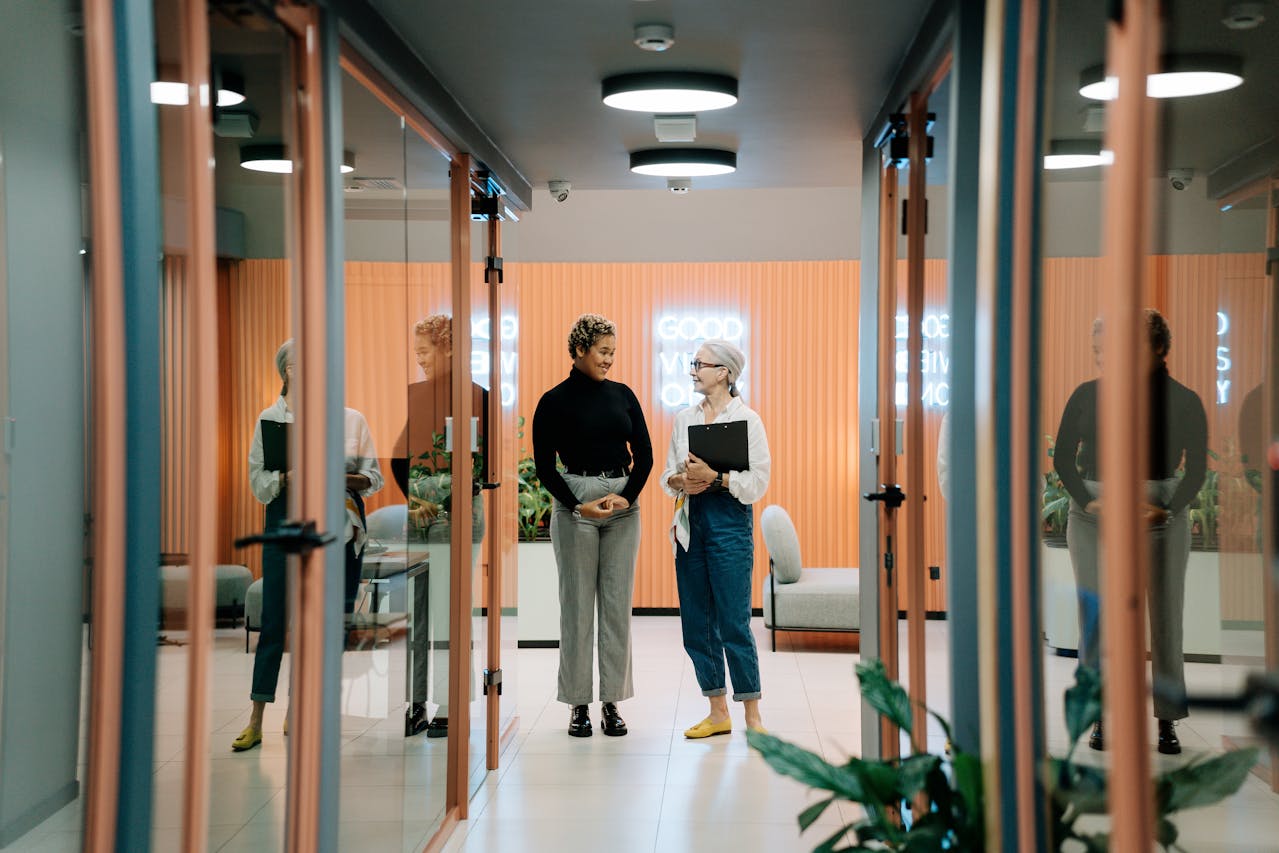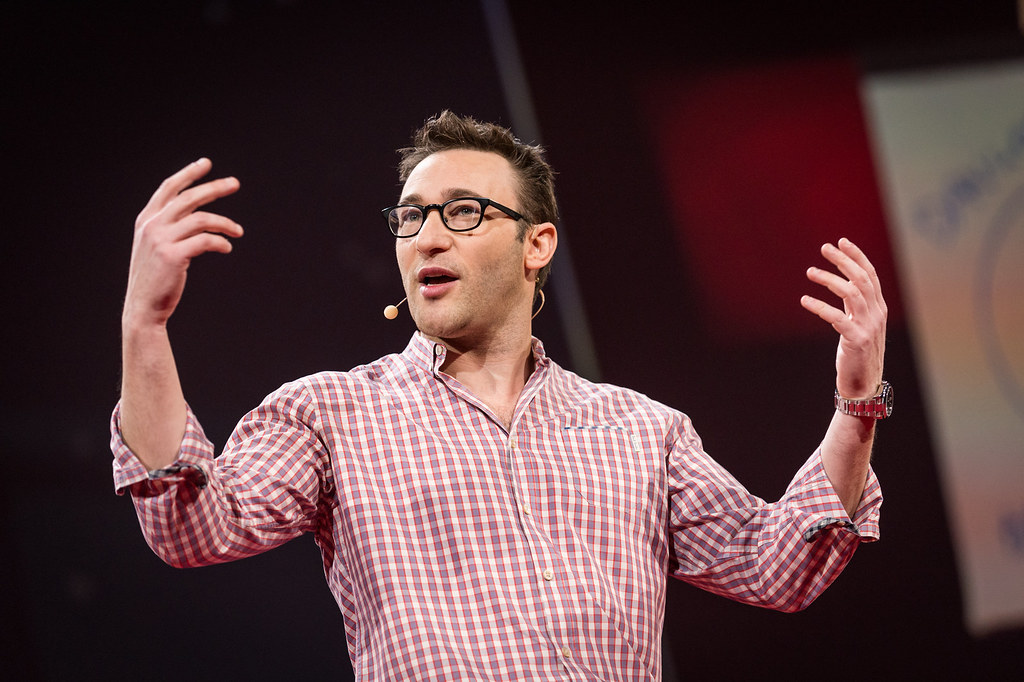What will be the future of work? A new study, this time signed by EY, tries to provide some answers. Here are the highlights.
One more. Surveys are multiplying on the theme of the return to work. The latest probe came from EY and asked employees about reinvented work.
Among other things, it shows that the vast majority (93%) of respondents will likely keep their current job in their organization for at least the next 12 months if they have flexibility in where they work and their schedule.
The most worrisome and informative figure for employers is yet to come. More than half of respondents (54%) indicate that they would leave their business if flexible work arrangements for scheduling and location are not extended after the pandemic. A warning to keep in mind!
Whether you know it – and accept it – or not, your employees have undergone a permanent transformation, and it will be impossible to turn the tide, says Darryl Wright, Partner, Advisory Services, EY Canada. Employees have adopted flexible working conditions made possible by teleworking technologies. And they don’t expect this reality to end after the pandemic. This is a turning point for all senior leaders – from the Chief Human Resources Officer to the Chief Transformation Officer to the CEO – who will need to work together to redefine a model that will ensure both a safe return to work and the physical transformation of the workplace.”

What do employees want?
The EY survey found that 9 out of 10 employees want flexibility. Even when offered the opportunity to benefit from leading-edge services in a designated office, 67% of employees prefer more flexibility in the choice of location and work schedule, with respondents being 1.4 times more likely to want more flexibility in the choice of schedule.
While preliminary data indicate that employees are equally productive when working from home, and appreciate the flexibility they enjoy, it is not yet clear what the long-term effects of telework will be, including what has been lost due to the loss of face-to-face interactions such as coaching and mentoring, adds Mr. Wright. You will also need to consider the configuration of office space, how to encourage certain work methods and how to better support the physical and metal well-being of employees. This is critical to building a strong organizational culture with a competitive advantage.”

A pandemic that has had a positive impact on organizational culture
Currently, three-quarters of respondents give a minimum score of 7 on a scale of 1 to 10 for job satisfaction.
In addition, 48% of employees believe their business culture has improved since the pandemic began, with the public services sector posting the most favourable rate of change, while the transportation and health care sectors are among the lowest.
Organizations will need to continue to leverage the reach of technology and flexibility to build teams and a culture that supports innovation and productivity, whether in a physical or virtual work environment, says Mr. Wright. Even though almost half of the respondents have seen a positive change in their company culture, there is still another half who have not seen any change or who feel that the situation has deteriorated, and this needs to be addressed.”

Part of this culture shift is that employees expect employers to be transparent, take a stand and actively promote the health and safety of their employees.
In fact, almost two-thirds of respondents (61%) expect their company to require vaccination of all employees before a physical return to the workplace.




